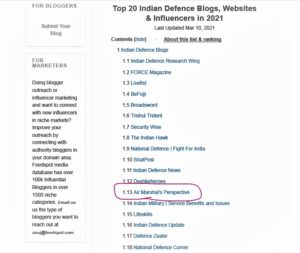70: Advice from the Rich and Famous
Steve Jobs
(Businessman: recognized as a pioneer of the personal computer revolution).
On Life: “Your time is limited, don’t waste it living someone else’s life.”
On Thoughts: “If today were the last day of my life, would I want to do what I am about to do today?”
On Mistakes: “Life is not full without making mistakes.”
Henry Ford
(Industrialist: owner of car manufacturing plants all over the world).
On Failure: “Failure is simply the opportunity to begin again this time more intelligently.”
On Freedom: “Learn to let go of things, you can’t control.”
On Success: “Most people get ahead during the time that others waste.”
Warren Buffett
(Business magnate)
On Money: “Rule No. 1: Never lose money. Rule No. 2: Never forget rule No.1”
On Time: “No matter how great the talent or efforts, some things just take time. You can’t produce a baby in one month by getting nine women pregnant.”
On Mistakes: “You only have to do a few things right in your life so long as you don’t do too many things wrong.”
Elon Musk
(Engineer, entrepreneur, billionaire: CEO of Space X and Tesla Motors).
On Innovations: “A failure is an option here. If things are not failing, you are not innovating enough.”
On Failure: “If nothing else, we are committed to failing in a new way.”
Thomas Edison
(Inventor and businessman).
On Development: “Our greatest mistake lies in giving up. Sometimes to yield the result you need to try just one more time.”
On Work: “Opportunity is missed by most people because it is dressed in overalls and looks like work.”
On Ideas: “The value of an idea lies in the using of it”
On Advice: “Never give up! Our greatest weakness lies in giving up. The most certain way to succeed is always to try just one more time.”
Bill Gates
(Business magnate and philanthropist: founder Microsoft).
On Friendship: “Be nice to nerds. Chances are you’ll end up working for one.”
On Job: “I choose a lazy person to do a hard job. Because a lazy person will find an easy way to do it.”
On Career: “Do what you love, and you will never have to work a day in your life”.
Common Denominator
Live your life, do what you love and learn to let go.
Ideate, innovate and give it your best shot.
Mistakes and failures are a part of the process, do not give up, learn from them and try again.
My Favorites
“If today were the last day of my life, would I want to do what I am about to do today?”
“The value of an idea lies in the using of it”
“Opportunity is missed by most people because it is dressed in overalls and looks like work.”
69: Deb Gohain: Aviation Artist
Gp Capt Deb Gohain (Retd)
Deb Gohain is a self taught artist who had served in the Indian Air Force (IAF) for more than 30 years. He took premature retirement from Air Force in 2004 in the rank of Group Captain.
As a veteran he is pursuing his hobby of painting with passion. Being a fighter pilot his interest in Aviation Art was but natural. He beautifully creates on canvas historical events of IAF in war, particularly Indo – Pakistan conflicts of 1965 and 1971.
Deb Gohain’s paintings on Aviation Art are mostly recreation of actual operations that took place in air during wars. His paintings have a real story to tell and each one comes with an appropriate description of the event.
For example his painting titled “Attack on Government House” recreates the audacious attack by four MiG-21s on the official residence of Governor of East Pakistan in the Bangladesh Liberation war of 1971. This attack was carried out with pin point accuracy and precision while the Governor A. Malik was having a secret meeting with senior Government and Military officials. The shock of the attack was so overpowering that Governor Malik resigned on the spot. For this painting Deb Gohain had consulted the leader of the MiG formation then Wing Commander BK Bishnoi (retired as Air Vice Marshal).
Glimpses (Thumbnails) of some of his paintings are below.














































